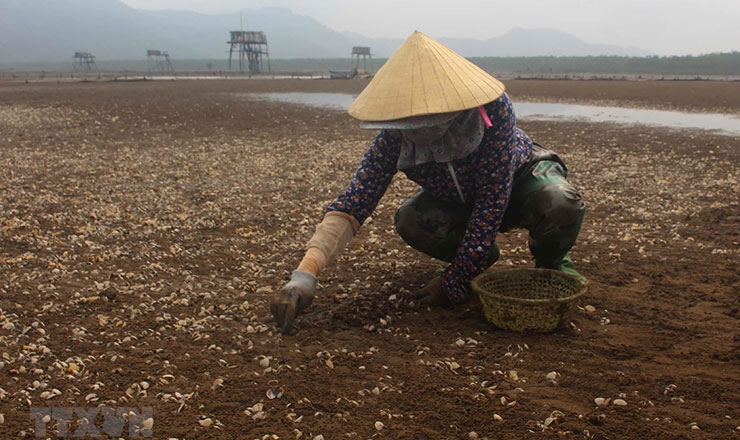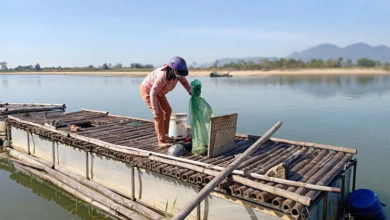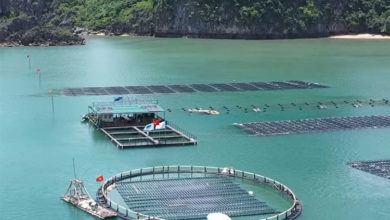Mud-free eel farming takes root in the mountains of Ha Tinh
The first mud-free eel farming model in Thuong Duc commune, a mountainous area in western Ha Tinh province, is showing early signs of success and opening up a new livelihood option for local residents.
Mud-free eel culture has been expanding in Vietnam over the past two to three years, mostly in lowland areas. In Ha Tinh, production has been concentrated in delta communes. But with determination and strong support from local authorities, farmer Phan Thi Hoai Thuong has become the first to trial the system in a mountain commune, and the results are promising, both in terms of productivity and income potential.

In August 2024, Thuong invested VND 600 million (about USD 24,000) to build 10 concrete tanks, install a water supply system, and stock 35,000 fingerlings. Before committing, she studied the model extensively by visiting farms inside and outside the province, joining training courses, and learning through social media.
Her family was previously familiar only with traditional livestock such as cattle, poultry, pigs and freshwater fish. “Everything felt new at the beginning. The risks are there, but if successful, this model can help families escape poverty and even share knowledge with their neighbors,” she said.
Thuong meticulously records daily farm operations, noting that even small changes in water temperature or feed rations can affect eel growth. She stresses the importance of high-quality seed and balanced feed. Her family uses strong, uniform juveniles, feeds a mix of commercial pellets and minced trash fish, and supplements diets with probiotics to stabilize gut health.
“Young eels are fed two to three times a day, then one to two times when they grow larger. Close observation is key, any unusual signs must be addressed immediately,” she explained.
According to Thuong, the main advantage of mud-free systems is the ease of managing the farming environment. Feeding, water exchange and disease control are more hygienic and less labor-intensive compared with traditional pond culture. Wastewater from the tanks is reused for irrigation, saving costs and reducing environmental impact.
After 11 months, her eels now average around 200 grams each. The first harvest, expected this month, is projected to yield more than six tonnes. With farm-gate prices of about VND 150,000 per kilo (USD 6), profits could reach several hundred million dong, significantly higher than raising other livestock or aquaculture species.
Looking ahead, Thuong said she will evaluate the first harvest before deciding on her development strategy. But expansion is likely, with plans to add more tanks and increase stocking density.
Nguyen Thanh Son, chairman of Thuong Duc commune, described the model as a pioneering initiative that could diversify local farming. “We will continue monitoring results to replicate this model among other households. The commune will also support market linkages and provide technical guidance if the family decides to expand,” he said.
VFM






